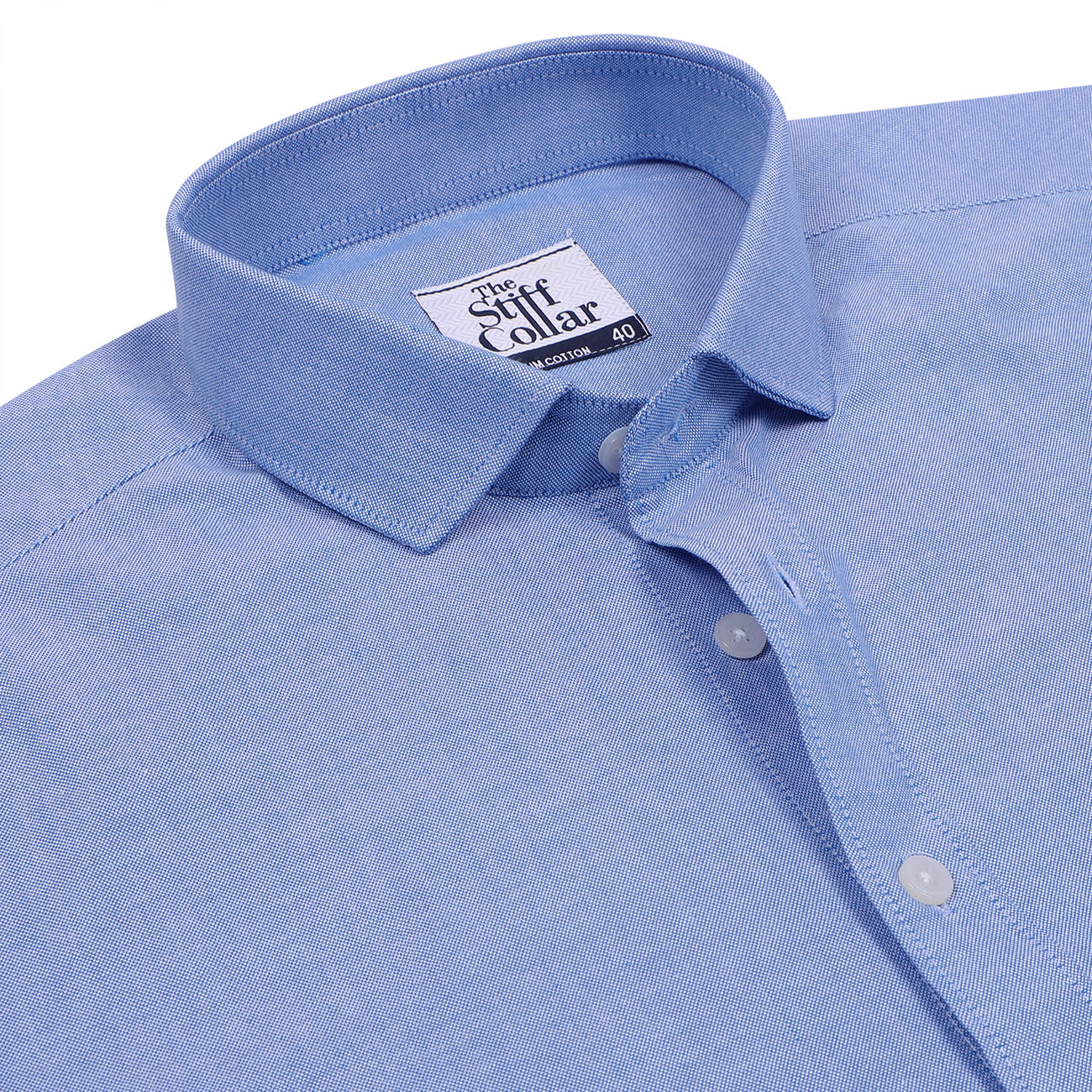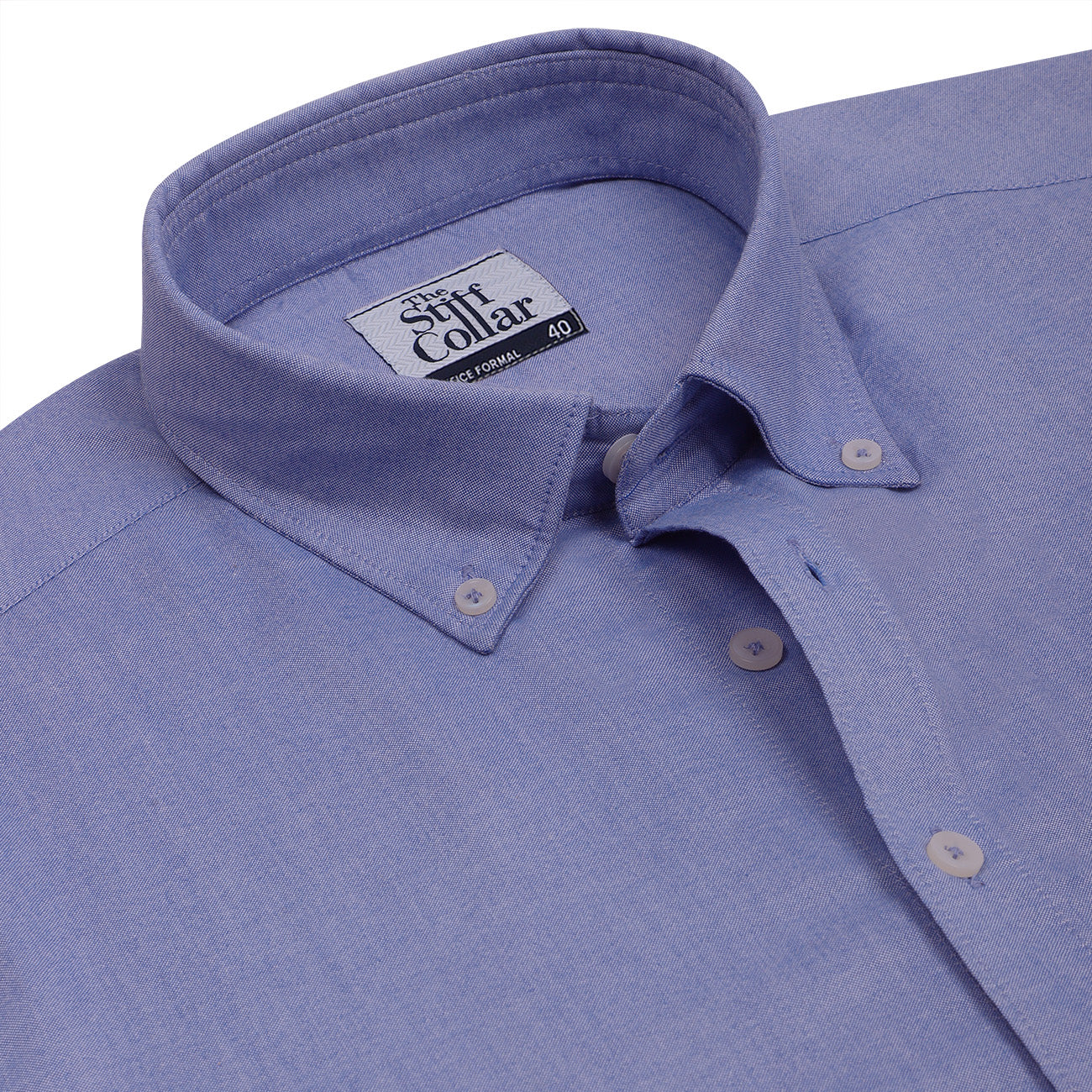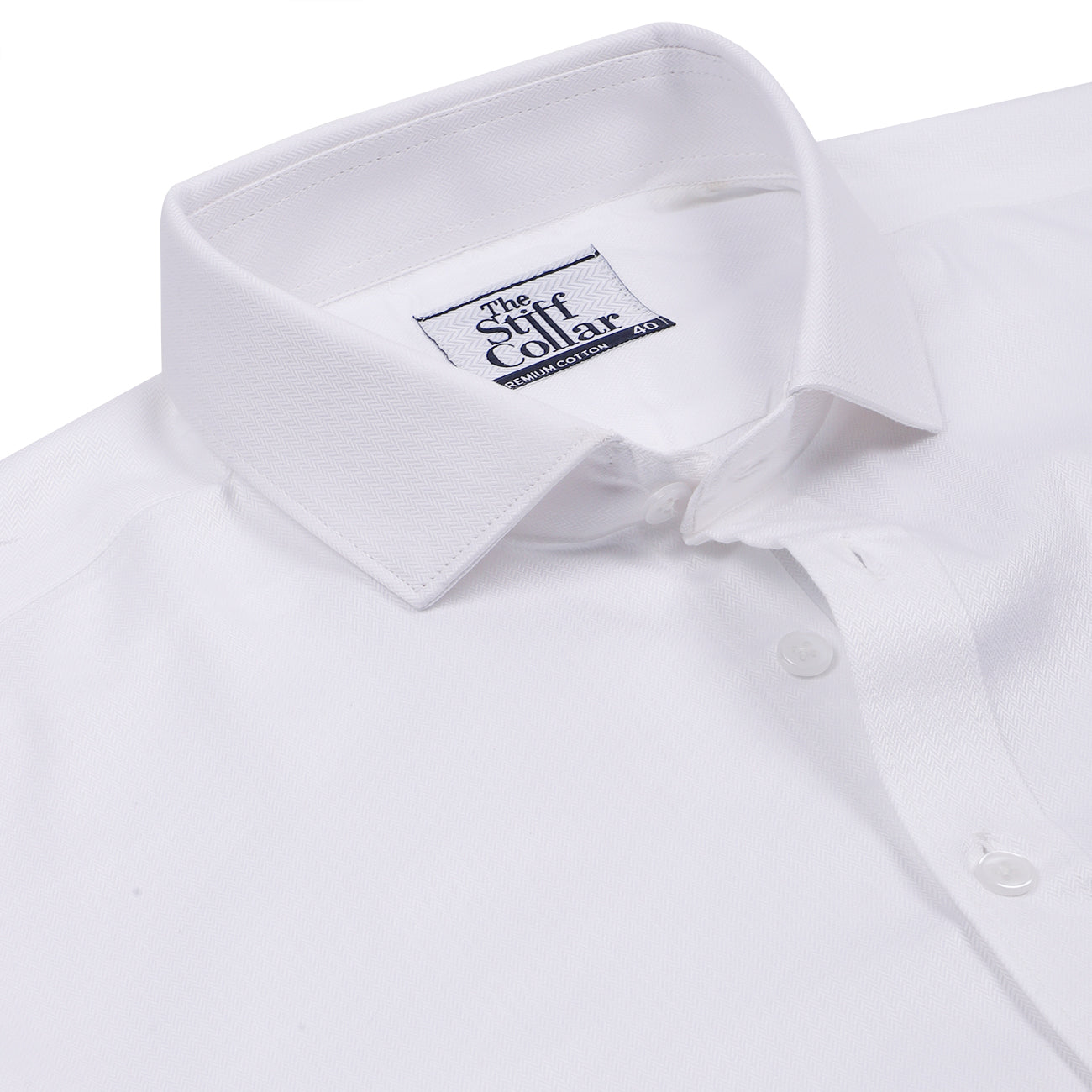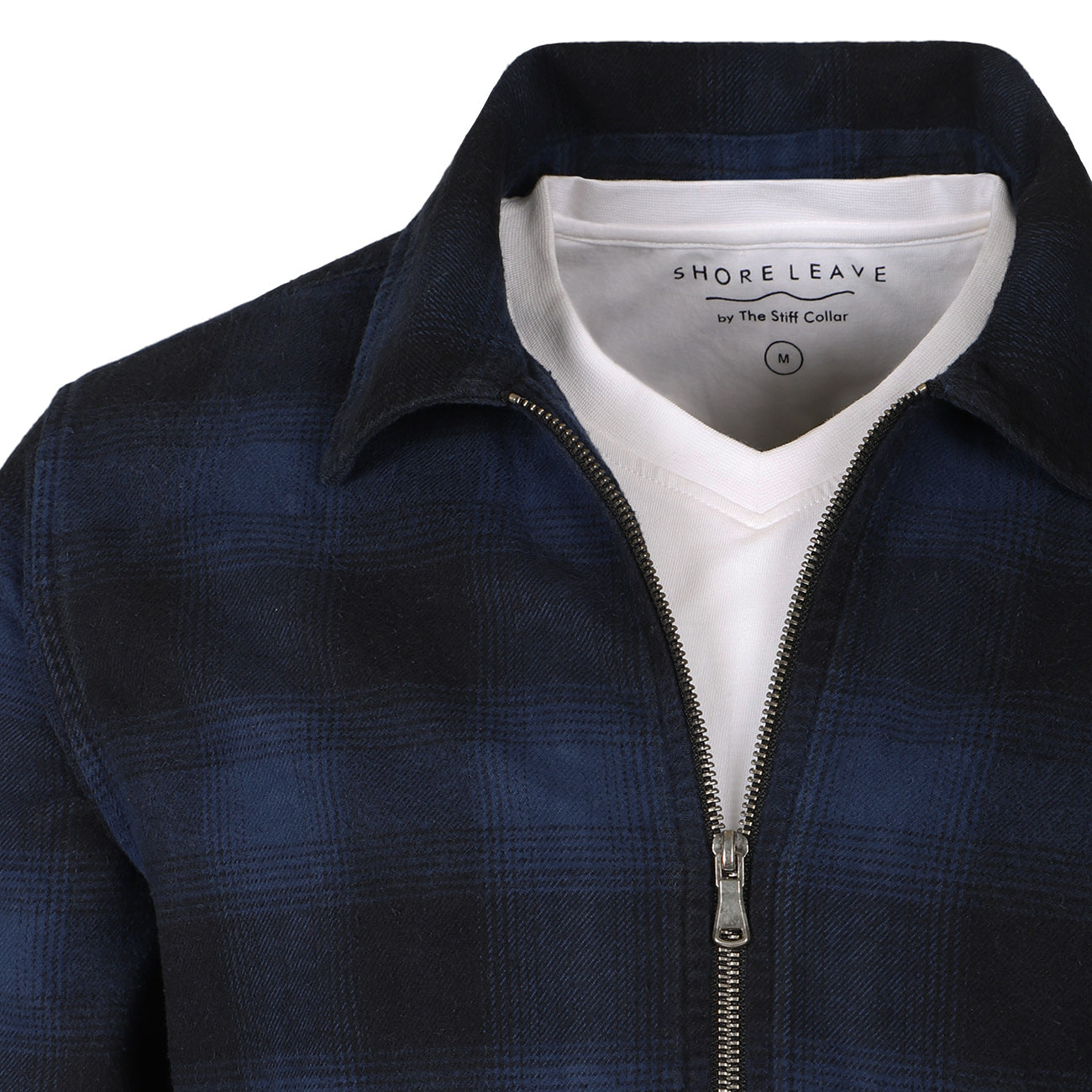Gingham is a medium-weight balanced plain-woven fabric typically with striped, check or plaid patterns in white and a bright color made from dyed cotton or cotton-blend yarns. It is made of carded, medium or fine yarns.

The name may originate from Malay genggang 'ajar, separate'. Alternatively, it is speculated that the fabric now known as gingham may have been made at Guingamp, a town in Brittany, France, and that the fabric may be named after the town. Some sources say that the name came into English via Dutch. When originally imported into Europe in the 17th century, gingham was a striped fabric, though now it is distinguished by its checkered pattern.

From the mid-18th century, when it was being produced in the mills of Manchester, England, it started to be woven into checked or plaid patterns (often blue and white). Checked gingham became more common over time, though striped gingham was still available in the late Victorian period. The equivalent in the French language is the noun vichy, from the town of Vichy in France. The same word is used in Spain where this pattern is called "cuadro vichy" or "estampado vichy".

Gingham fabric was popular to use in various dress material such as shirts, skirts, maxi and also for some home furnishing such as towels and curtains. Along with muslin, gingham is often used as a test fabric while designing fashion or used for making an inexpensive fitting shell prior to making the clothing in fashion fabric. Gingham shirts have been worn by mods since the 1960s and continue to be identified with fans of indie and mod music with brands like Lambretta Clothing, Ben Sherman, Fred Perry, Penguin and Merc producing gingham shirts. In the United Kingdom, the gingham pattern is often used for younger girls' school uniforms.
Link : https://www.thestiffcollar.com/search?type=product&q=gingham












